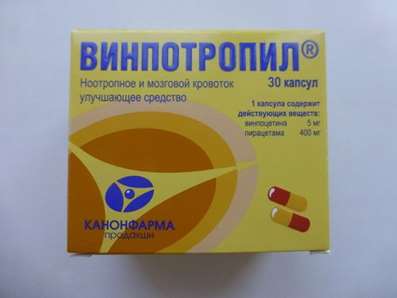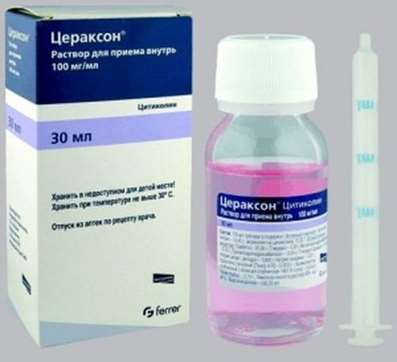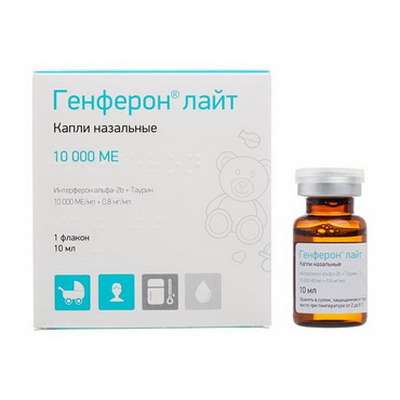Prevention of Doping Usage
17 Oct 2016
Most researchers now come to the conclusion that the main activity of anti-doping services to be associated not with the penalties, and be directed to the scientific medical research, drug development, can help the athlete to cope with the load, event information, and ethical nature.
In particular, the greatest efforts should be concentrated on the two main directions: research and education. It is necessary to create such a system of training that would be alternative to doping, provide athletes the opportunity to achieve good results without causing irreparable harm to his health, which is inevitable when using any performance enhancing drugs.
Educational activities with the athletes, coaches and medical staff carried out both on the basis of the national anti-doping organization "RUSADA", and in other cities of Russia. The effectiveness of educational activities are scientific conferences and scientific-methodical seminars.
National Anti-Doping Organization "RUSADA" conducts regular educational seminars "For an honest and healthy sport!", Aimed at different target groups (athletes, medical personnel serving athletes, coaches, managers) in order to raise awareness of athletes and support personnel in the fight doping prevention and doping in sport.
The topics discussed at the seminars:
1. The fight against doping in sport and activity of the National Anti-Doping Organization "RUSADA".
2. Testing of athletes. Rights and responsibilities of athletes for testing.
3. Providing information on the whereabouts of athletes.
4. Prohibited List. The therapeutic use of prohibited substances and methods.
5. The use of dietary supplements in sports.
6. Responsibility of athletes and athletes of staff. Code of WADA, national anti-doping rules and sanctions for their violation.
To address the seminar participants can be pre-declared theme of the directions RUSADA activities.
One of the activities of organizations involved in the fight against doping in sport, is the production and distribution of a variety of reference and instructional materials designed to assist in carrying out preventive work. They are made on the basis of documents regulating educational activities to combat doping in sport. Here are some of them.
1. "Dangerous consequences of doping use: just the facts" - a booklet issued by the World Anti-Doping Agency (WADA). The book, addressed to young athletes aged 14-18, are examples of the negative impact of illicit substances on the body.
"Dangerous consequences of doping use: just the facts" tells about why doping is contrary to the spirit of sport, and includes a description of the risks associated with the use of nutritional supplements, and gives examples of the negative effects which may cause the use of certain substances (Steroids, Mildronate, EPO, Phenotropil, Stimulants , Growth hormone, masking agents, marijuana and drugs).
2. "Guidelines for the prevention of doping," was prepared by the International Volleyball Federation with the aim to familiarize coaches in volleyball and beach volleyball with the latest information on prevention of doping use. Guide contains a description of the important WADA Code procedures, the Prohibited List, the use for therapeutic use, the process of doping - control results management, sanctions and appeals, the effects of medication and supplements players in FIVB competitions.
The authors note that in today's sports world, it is important that coaches and athletes are aware of their role and responsibility assigned to them. Each athlete must be aware of their health status. In addition, coaches occupy a unique and influential position, which is based on training the athletes under their supervision. This learning process must be constantly reminded of the importance of honesty athlete's performance to maintain the spirit of equal competition.
The purpose of the development of this manual - to equip coaches in volleyball the best knowledge of the medical commission of FIVB, WADA and other organizers.
3. Handbook "It is important to know each athlete" issued under the editorship in 2008 EV Ikonnikova.
In accordance with the rules of the World Anti-Doping Agency (WADA) is significantly tougher drug testing in the sport. Anti-doping laboratories in many countries, including Russia, conduct re - purchase of new highly sensitive equipment that can detect doping through many months after their application. In addition, to detect doping, which are used during training, it is widely used practice of sudden-of-competition controls.
The big challenge of modern sports is the use of illicit drugs for medical reasons. For this purpose, you need to arrange a special documentation errors which can cause sanctions against the athletes.
Under the rules of the WADA athlete found guilty of taking performance-enhancing drugs, even if he had no such intention, but I got the dope on staff or with low-quality food additives. Therefore, the discipline in the matter of health care and athlete selection of preparations for its preparation is a key aspect.
For all these and other matters should consult with specialists of anti-doping organizations that are ready at any time to assist athletes and medical staff.
In the directory you can find the necessary information on rights and responsibilities competitor on the rules of doping - control on medicines authorized in the sport and much more.
4. "Recommendations on the organization of information and educational use of prevention of doping in sport" were developed as a result of joint activity of the Council of Europe and the World Anti-Doping Agency.
The recommendations provide practical information and reasonable approaches to compliance with the principles and achieve the goals set out in Article 18 "of the World Anti-Doping Code" and Article 6 "Anti-Doping Convention," the Council of Europe. The content is based on extensive consultations with key stakeholders.
The purpose of the Recommendations is to support the design, implementation, dissemination and evaluation of an effective core education program as part of a wider program of anti-doping, which is also aimed at deterrence and detection. The document was developed with the purpose of its application by interested parties, which had pointed out the need for information about the basic elements of education that takes into account the available financial and human resources and / or relevant experience.
The recommendations, in particular, indicates that to respond effectively to all the various questions, information and education programs should be a continuous process, controlled by long-term strategic plans and annual action plans. It is noted that the program ensures participants receive updated and accurate information, at least with regard to the list of prohibited substances, the effect of doping on health, the procedure of doping - control, rights and responsibilities of athletes. Programmes should also promote the spirit of sport, to create an anti-doping environment.
Anti-doping organizations engaged in the development of informational and educational programs should be guaranteed to adhere to the following logic and sequence of actions: 1) analysis of the current situation; 2) setting goals and long-term plan; 3) the annual plan of action; 4) development and implementation; 5) Recognition and Measurement.
5. The global anti-doping framework "ADAMS" data. All the elite athletes of the world are under the supervision of WADA, the data on their location, movement, competition schedules, training sessions are in one global database, it is called the "ADAMS".
ŤAdamsť (Anti-Doping Administration & Management System) means' anti-doping control system. "
"Adams" are managed by a database designed to facilitate the work of all stakeholders and WADA in the fight against doping. ADAMS - a system for collecting, storing and retrieving information that will help athletes and anti-doping organizations to fulfill the obligations imposed on them in connection with the adoption of the World Anti-Doping Code.
"Adams" is a global database that will allow different organizations to efficiently exchange information in the field of anti-doping.
"ADAMS" - is a powerful tool that simplifies the implementation of the various procedures in the fight against doping by various organizations, which:
- strive to find effective (both in terms of time and finance) methods to solve everyday problems of anti-doping activities;
- wish to actively support the global information exchange system;
- wish to use separate modules or to improve existing systems or as integrated solutions based on organizational needs. These modules include: the management of test results, a database of therapeutic exceptions and for information on the whereabouts of athletes, doping control and testing plan.
Examples of questions submitted to the database of "ADAMS".
Question number 41.
Q: I can be drug tested during a competition, even if I do not participate in them.
Answer: True.
Explanation: If you are declared as a part of the team, you can be selected for doping - control, regardless of your participation in the competition.
Question number 42.
Question: What is the purpose of the World Anti-Doping Code: A. To protect the fundamental right of athletes to doping-free sport; B. To promote health, fairness and equality for all athletes; B. Create a coherent, coordinated and effective anti-doping programs at the international level. D. All of these answers are correct.
Answer: D. All of these answers are correct
Explanation: The World Anti-Doping Code is the universal document upon which the World Anti-Doping Program is based.

 Cart
Cart





